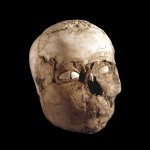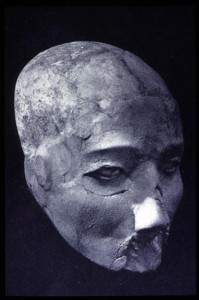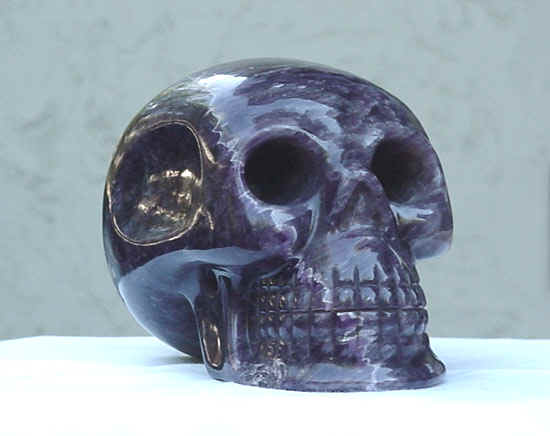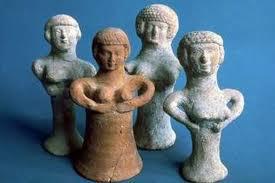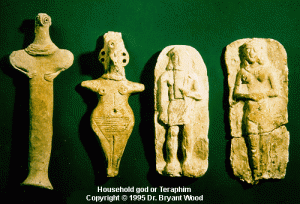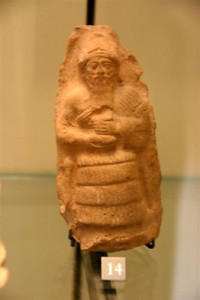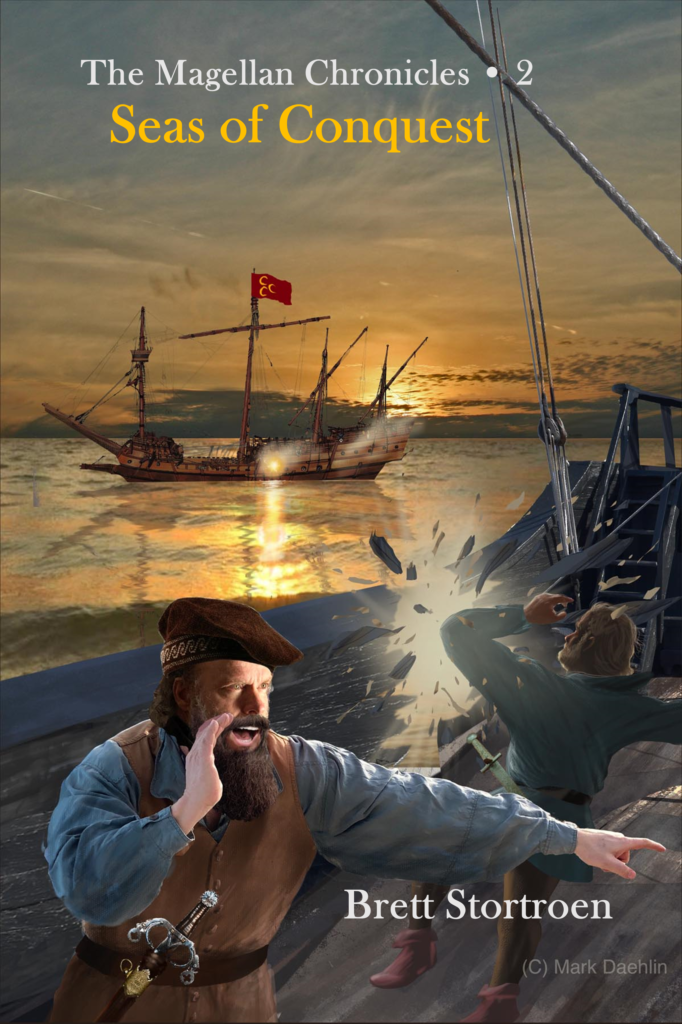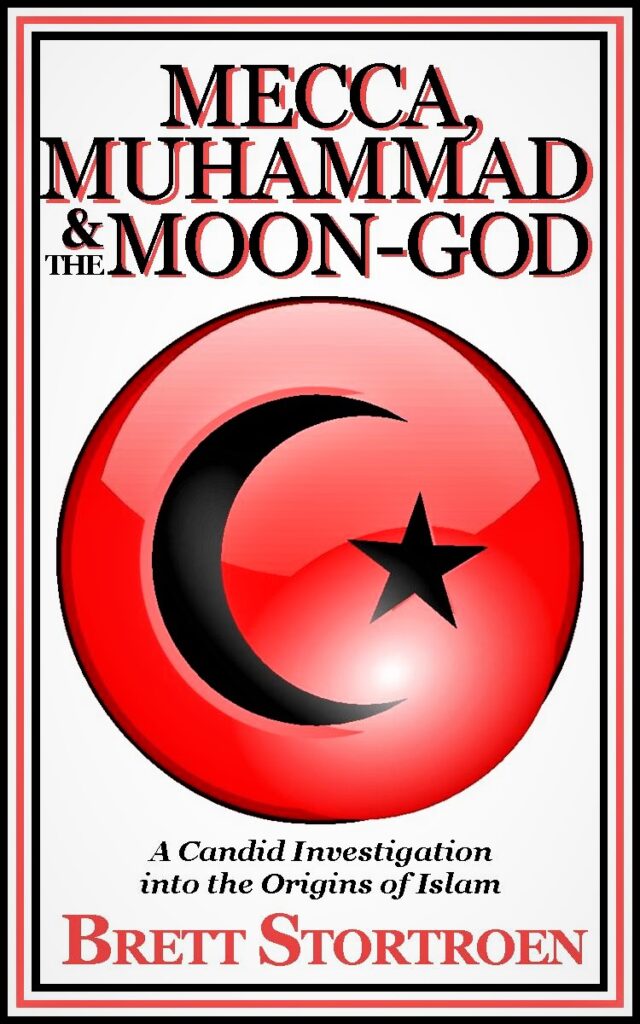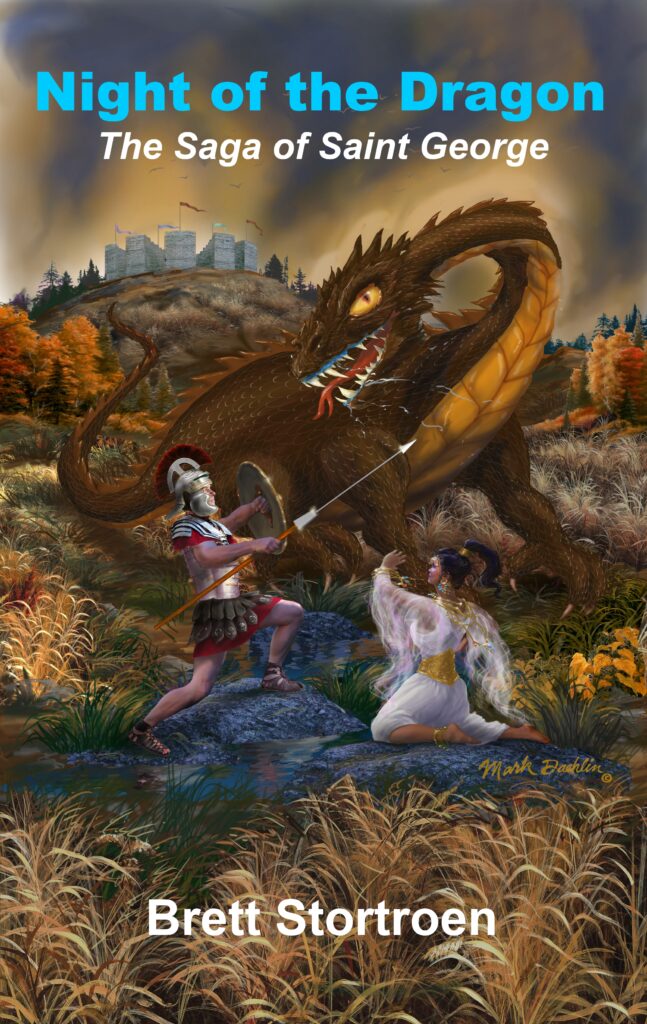Over the centuries, the precise definition of the Hebrew word “teraphim” has eluded scholars. The mysterious teraphim appear only fifteen times in the Hebrew Old Testament (Gen 31:19.34.35; Judg 17:5, 18:14.17.18.20; 1 Sam 15:23; 19:13.16; 2 Kings 23:24; Ezek 21:21; Hos 3:4; Zech 10:2). Of all these biblical verses, only 1 Sam 19:13-16 and Gen 31:34 give any clues to how these teraphim were formed. In both instances they were humanoid in appearance.
In regards to the etymological origins numerous theories abound. A detailed analysis from Dictionary of Deities and Demons in the Bible, states:
Teraphim is a loan word from Hit tarpi(s), which “denotes a spirit which can on some occasions be regarded as protective and on other malevolent” and which is parallel in lexical texts to Akk sedu, ‘spirit, demon’ (Hoffner 1967:230-238; 1968:61-68; CAD S II, 256-259; SEYBOLD 1976:1057). [1]
This etymological analysis may prove insightful considering the following evidence.
DIVINATORY FUNCTION
The usage of the word teraphim is connected to divination in all the biblical verses except in the Gen 31 and 1 Sam 19. Dictionary of Deities and Demons in the Bible relates an excellent summary of the divinatory function of teraphim:
In Zech 10:2 the teraphim are portrayed as oracular devices which ‘speak iniquity’ (dibberu awen). They are condemned along with ‘diviners’ (qosemim) and false dream interpreters. Ezek 21:26 contains the famous passage about king Nebuchadnezzar using various types of divination to decide which fork in the road to take. Among the divinatory practices attributed to him are belomancy (use of arrows), the teraphim, and hepatoscopy (divination through examining livers). All three of these practices are summed up in Ezek 21:26 under the general heading of ‘practicing divination’ (liqsom qasem). A third passage which also associates the teraphim with divination (qesem) is 1 Sam 15:23. Here too it is used pejoratively and once again paired with ‘iniquity’ (awen uterapim).[2]
The Hebrew in Zechariah 10:2 ‘speak iniquity’ may be translated; speak (utter nonsense, worthlessness, deceit, lies, or delusion) which implies demonic lying spirits at work in their trade of deception.
NECROMANCY
The teraphim also were employed as an instrument of necromancy as demonstrated in 2 Kings 23:24:
Moreover, the workers with familiar spirits, and the wizards, and the images, and the teraphim, and all the abominations that were spied in the land of Judah and in Jerusalem, did Josiah put away, that he might perform the words of the law which were written in the book that Hilkiah the priest found in the house of the Lord.
The familiar spirits (obot) and wizards (yidde onim) are associated with necromancy and the dead. The teraphim were vehicles to consult the dead ancestors. Ken Johnson in Ancient Paganism: The Sorcery of the fallen Angels writes:
The Talmud states that the name for a wizard, Yidde’oni, comes from a word loosely translated as an extinct animal. It also states that no one remembers exactly what kind of animal it was. The name carried over to mean those who used a bone of this extinct animal by placing it in their mouths and through some incantations can have the dead speak through this bone. This has been translated as a ventriloquist or medium. It is quite possible that the term in this ancient passage means, instead of “extinct animal,” a bone from the deceased. Mediums today often ask for an artifact of the deceased in order to try to make some sort of contact with them.[3]
The teraphim were used for communicating with deceased ancestors. For successful contact, magical rites were performed in precise astrological times.
FIRST TYPE OF TERAPHIM
Johnson continues to elaborate on the distinction between the types of teraphim:
There are two types of teraphim mentioned in the book of Jasher. The first type was created by taking the first born male of the family and cutting off his head. The victim’s head was supposed to retain contact with the departed spirit. With the proper ritual, the mummified head could serve as a conduit to the spirit world, passing information between a family and their ancestor gods.[4]
From the ancient historical Book of Jasher (book of the Upright), a detailed description of the first type of teraphim follows:
And this is the manner of the images; in taking a man who is the first born and slaying him and taking the hair off its head, and taking salt and salting the head and anointing it in oil, then taking a small tablet of copper or a tablet of gold and writing the name upon it, and placing the tablet under his tongue and putting it in the house, and lighting up lights before it and bowing down to it. And at the time when they bow down to it, it speaketh to them in all matters that they ask of it, through the power of the name which is written in it (Jasher 31:41-42).
In this macabre ritual of infanticide the victims head becomes an instrument for communication with the dead through its magical oracular function. Throughout the pagan world skulls or mummified heads have served the purpose for divination. Perhaps the mystery of some of the legitimate crystal skulls excavated around the world may center on this cult form of magic. Satanists and witches have used the skull as a gateway device to the spirit realm throughout the ages Today, one may discern the occult roots of symbols such as the “Skull and Bones” and other paraphernalia.
SECOND TYPE OF TERAPHIM
The Bible records an instance of the second type of teraphim:
Now Rachel had taken the teraphim , and put them in the camel’s furniture (saddle bags), and sat upon them. And Laban searched all the tent, but could found them not. And she said unto her father, let it not displease my lord that I cannot rise up before thee; for the custom of women is upon me. And he searched, but found not the teraphim (Gen 31:34 KJV).
The Book of Jasher records:
And some make them in the figures of men, of gold and silver, and go to them in times known to them, and the figures receive the influence of the stars, and tell them future things, and in this manner were the images which Rachel stole from her father (Jasher 31:43).
Johnson continues:
The second type of teraphim was created by constructing an idol of the deceased and was used in the same way. . . . Laban’s teraphim were the second type: little gold gods with the astrological tables carved on them, rather than the first type mentioned, the mummified head of a real ancestor.[5]
Interestingly, the descriptions regarding the second type of teraphim have further confirmation from antiquity. In her book “The Secret Doctrine,” the famous theosophist, H.P. Blavatsky writes:
It is explained quite plainly by Maimonides and Seldenus. The former says: The worshippers of the teraphim claimed that the light of the principle stars [planets], penetrating into and filling the carved statue through and through, the angelic virtue [of the regents, or animating principle in the planets] conversed with them, teaching them many most useful arts and sciences. [Maimon. More Nevochim,III. Xxx.] In his turn Seldenus explains the same, adding that the teraphim [Those dedicated to the sun were made in gold, and those to the moon in silver.] were built and fashioned in accordance with the position of their respective planets, each of the teraphim being consecrated to a special “star-angel.[6]
These second type teraphim were employed as necromantic devices throughout ancient Mesopotamia. They often represented the ghost or the dead person. Dictionary of Deities and Demons states:
In one instance, after mixing a concoction, one puts it on the figurine. As a result, “when you call upon him, he will answer you” (see I. J. Finkel, AfO 29-30 [1983-84] 5, 9). This oracular aspect of the necromantic figurine fits well with the description of the teraphim ‘speaking’ in the divinatory context of Zech 10:2.[7]
From the archaeological and historical records, both types of teraphim were cult objects used for the purpose of divination and necromancy. These practices were condemned as abominations in the biblical texts.
PLASTERED SKULLS
In the early 1950s, astonishing discoveries of plastered skulls were excavated in the ancient city of Jericho by Kathleen Kenyon and her team of archaeologists. Jericho has been considered one of the oldest cities on earth. Shockingly, dead bodies were exhumed from beneath the floors of houses. In Canaainites, Jonathan Tubb describes the discoveries:
For in many instances the skull had been removed, and had then been carefully and sensitively remodeled with plaster to build up the facial features. Shells, either bivalves, or cowries, were then set into the empty sockets to represent the eyes. These plastered skulls were decorated with red and black paint to depict individual characteristics such as hair and even moustaches.[8]
Kathleen Kenyon and A.D. Tushingham in Jericho Gives Up Its secrets provide further detail:
The whole of the lower part was covered with plaster molded into human features. Eyes were inset with sections of shell. Central slits represented pupils. Cheeks were rounded and chubby, ears delicately molded, mouth prim. Only the nose was broken away.
Similar plastered skulls have been found in Turkey, Syria, Palestine and Jordan. Recent evidence in 2003 supports the postulation that these teraphim represented something more than a mere ancestral cult with the worship of elders. Scientific testing confirmed that there were no criteria for selecting older individuals. The skulls of old and young males as well as children and a majority of women provide ample evidence this was not based on ancestor worship.[10] One may surmise there was a divinatory or necromantic function involved based on previous ancient texts cited prior. Archaeologists have found bones of infants buried behind the walls of most homes in Egypt and Canaan. Johnson comments:
The Egyptians had burial grounds for regular Egyptians (Jasher 14:13-14); but they buried their firstborn children in the walls of their homes. This was the Egyptian form of teraphim. Jasher records that when the death angel killed all the first born in Egypt, the angel also tore the remains of the sacrificed firstborn children out of the walls of the Egyptian houses (Jasher 80:44-46). This information indicates the plague of the firstborn was directed against the teraphim, showing that the God of Israel was superior to all the so-called gods of Egypt, including all their ancestor gods![11]
These satanic inspired rituals incorporated the blood sacrifice of the innocent in sadistic slaughter.
A THIRD TYPE OF TERAPHIM?
Scholars have debated what type of teraphim was described in the account recorded in I Sam 19. The Israelite King Saul was jealous, envious, and afraid of David. An evil spirit came upon Saul and incited him to kill David. The account continues:
Saul sent men to David’s house to watch it and to kill him in the morning. But Michal, David’s wife, warned him, “If you don’t run for your life tonight, tomorrow you’ll be killed.” So Michal let David down through a window, and he fled and escaped. Then Michal took an idol (teraphim) and laid it on the bed, covering it with a garment and putting some goat’s hair at the head (I Sam 19:11-16 NIV).
The teraphim in this passage, appears to have been a life-sized idol. Was this a third type of teraphim or perhaps a variant of the second type, only scaled larger? Whatever the type, one wonders why it resided in David’s house. The most likely explanation was that David’s new bride, Michal, brought one of her father’s teraphim with her when she married David. Michal’s father, Saul, was often plagued by an evil spirit. One time, he ordered a medium, the witch of Endor, to consult the dead prophet Samuel for advice. One wonders, did Saul practice divination via his personal teraphim prior to his encounter with the medium? Furthermore, was this the reason for his affliction of an evil spirit? These ancient pagan divination rituals were a constant temptation to the Israelites and serve as a warning to those who choose to practice these diabolical arts. Vexation by evil spirits and outright demon possession may result by experimenting with such abominations of divination.
[1] Dictionary of Deities and Demons in the Bible, eds. Karel Van Der Toorn, Bob Becking, and Pieter W. Van Der Horst, 2nd rev. ed., (Brill: William B. Eerdman’s Publishing Co., 1999), 845.
[2] Ibid., 849.
[3] Ken Johnson, Ancient Paganism: The Sorcery of the Fallen Angels (n.p.: Biblefacts.org, 2009), 62-3.
[4] Ibid., 55. [5] Ibid.
[6] H.P. Blavatsky, Occultism of the Secret Doctrine (n.p.: Kessinger Publishing, 2004), 235.
[7] Dictionary of Deities, 849-50.
[8] Jonathan N. Tubb, Canaanites, Peoples of the Past Series, vol. 2, University of Oklahoma ed. (London: British Museum Press, 1998), 28.
[9] Kathleen Kenyon and A.D. Tushingham, Jericho Gives Up Its Secrets (n.p.: Nat Geographic Mag, 1953), 853-870.
[10] Michelle Bonogofsky, “Neoloithic plastered Skulls and Railroading Epistemologies,” The Bulletin of the American Schools of Oriental Research 331 (August 2003): 1-10.
[11] Johnson, Ancient Paganism, 56.

Ancient Mystery of the Teraphim by Brett Stortroen is licensed under a Creative Commons Attribution 3.0 Unported License.
Related Web Sites:
http://ancientwordtour.wordpress.com/2012/03/24/teraphim/
http://www.britishmuseum.org/explore/highlights/highlight_objects/me/p/plastered_skull.aspx
http://www.world-mysteries.com/sar_6_1.htm

